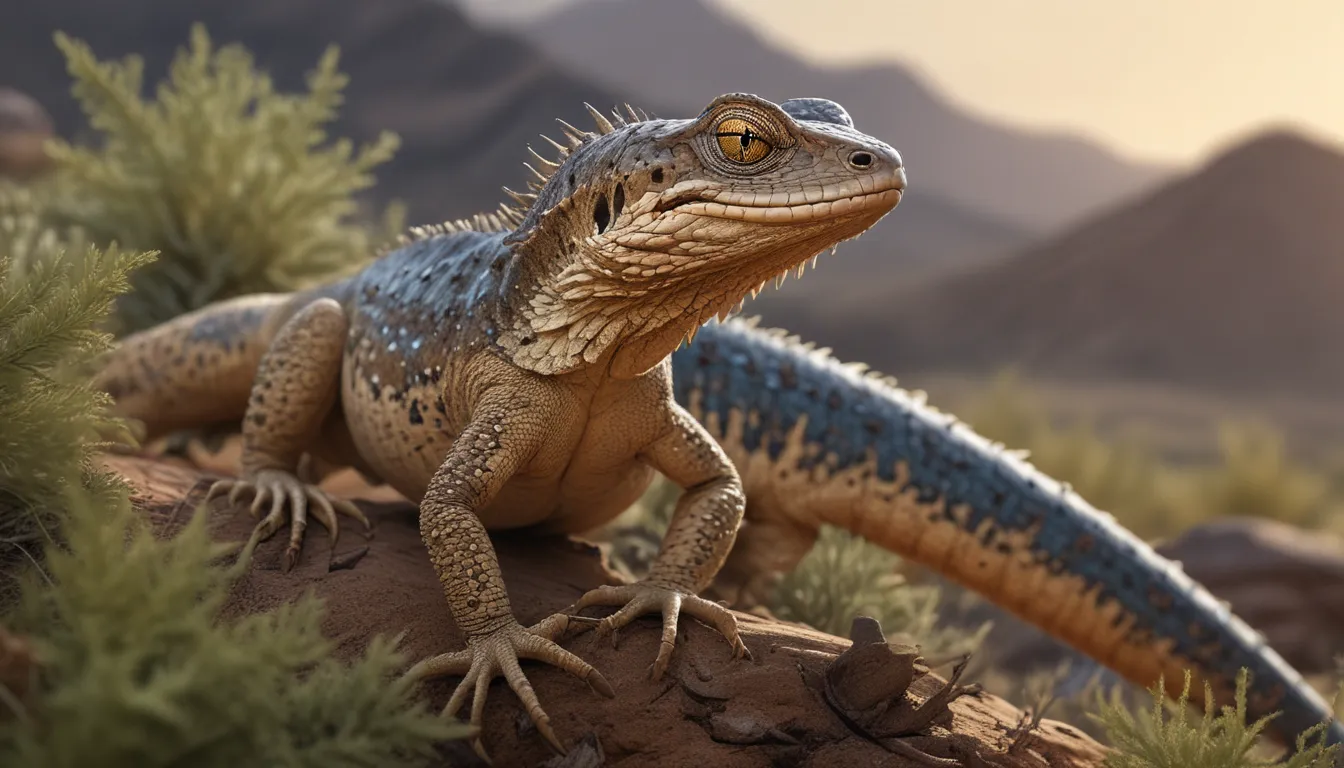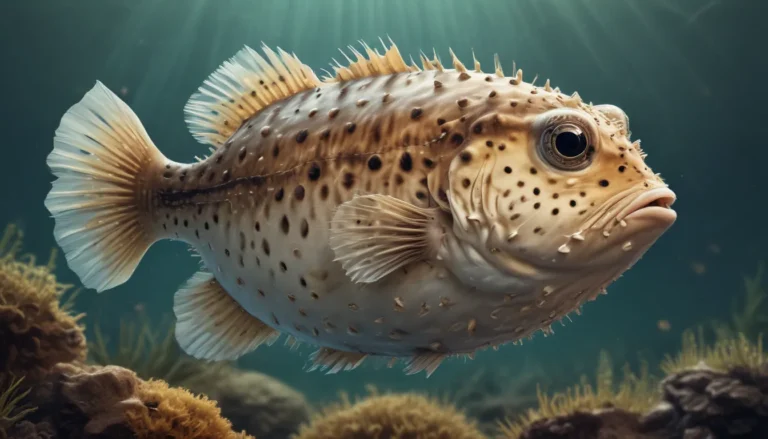The pictures we use in our articles might not show exactly what the words say. We choose these pictures to make you interested in reading more. The pictures work together with the words but don’t take their place. The words still tell you the important facts.
If you have ever been curious about the captivating world of sagebrush lizards, then you are in for a treat. These charming reptiles may not always steal the spotlight, but their unique characteristics and behaviors make them truly fascinating creatures to study. From their exceptional adaptive abilities to their vital role in maintaining ecological balance, sagebrush lizards are a marvel of nature. So, whether you are a nature enthusiast, a reptile lover, or simply intrigued by the wonders of the animal kingdom, get ready to be amazed by the incredible world of sagebrush lizards!
Discovering the Beauty of Sagebrush Lizards
Sagebrush lizards are known for their striking blue bellies and intricate patterns, adding a touch of charm to their appearance. Their ability to blend seamlessly into their surroundings through camouflage is truly impressive. These small reptiles, ranging from 3 to 6 inches in length, are agile climbers with distinctive markings that vary between males and females.
Uncovering the Behavior of Sagebrush Lizards
- Diurnal Creatures: Sagebrush lizards are active during the day, particularly in the mornings and afternoons when temperatures are ideal for their activities. They engage in behaviors such as basking in the sun, foraging for insects, and territorial displays.
- Insectivores: With a diet primarily consisting of insects like beetles, ants, grasshoppers, and spiders, sagebrush lizards display swift movements and keen eyesight in capturing their prey.
- Territorial and Solitary: Establishing territories and fiercely defending them against intruders, sagebrush lizards are generally solitary creatures. However, during the breeding season, males may engage in territorial disputes.
- Excellent Jumpers: Known for their impressive jumping abilities, sagebrush lizards use their powerful hind legs to make daring leaps to evade predators or capture prey.
Understanding the Adaptations of Sagebrush Lizards
- Unique Tail Autotomy: As a defense mechanism, sagebrush lizards can shed their tails when threatened, allowing them to escape from predators. The detached tail continues to wriggle, acting as a distraction.
- Hibernation: In colder regions, sagebrush lizards undergo hibernation during the winter months, conserving energy until warmer temperatures return.
- Agility in Climbing: Equipped with well-developed toe pads and sharp claws, sagebrush lizards exhibit exceptional climbing abilities on various surfaces like rocks, trees, and shrubs.
Appreciating the Role of Sagebrush Lizards in Ecosystems
- Insect Control: Sagebrush lizards play a crucial role in ecosystems by controlling populations of insects, contributing to the balance of their habitats. Their presence helps maintain ecological harmony in their environments.
- Protected Species: Due to their significance in ecological balance, sagebrush lizards are legally protected in some states. Respecting their habitats and preserving their natural environments is essential for their conservation.
Embracing the Wonders of Sagebrush Lizards
The enchanting world of sagebrush lizards offers a wealth of information and insights into these remarkable reptiles. From their unique adaptations and behaviors to their vital contributions to ecosystems, sagebrush lizards are a subject of great fascination for scientists and nature enthusiasts alike. So, the next time you encounter a sagebrush lizard in the wild, take a moment to appreciate its beauty and the intricate balance of nature it represents.
Frequently Asked Questions
- Scientific Name: The scientific name of the sagebrush lizard is Sceloporus graciosus.
- Diet: Sagebrush lizards primarily feed on insects, spiders, and other small invertebrates.
- Hibernation: Yes, sagebrush lizards enter a state of hibernation during the winter months.
- Color Change: Sagebrush lizards have the ability to change their color to blend with their surroundings.
- Venomous: No, sagebrush lizards are not poisonous or venomous.
- Habitat: Sagebrush lizards are commonly found in arid and semi-arid regions of western North America.
Conclusion
The enchanting allure of sagebrush lizards lies in their unique adaptations, behaviors, and ecological importance. As you delve into the fascinating world of these charming reptiles, you will gain a deeper appreciation for the delicate balance they maintain in their habitats. With their agile movements, distinctive features, and vital roles in ecosystems, sagebrush lizards continue to captivate and inspire curiosity among those who admire the wonders of the natural world.






